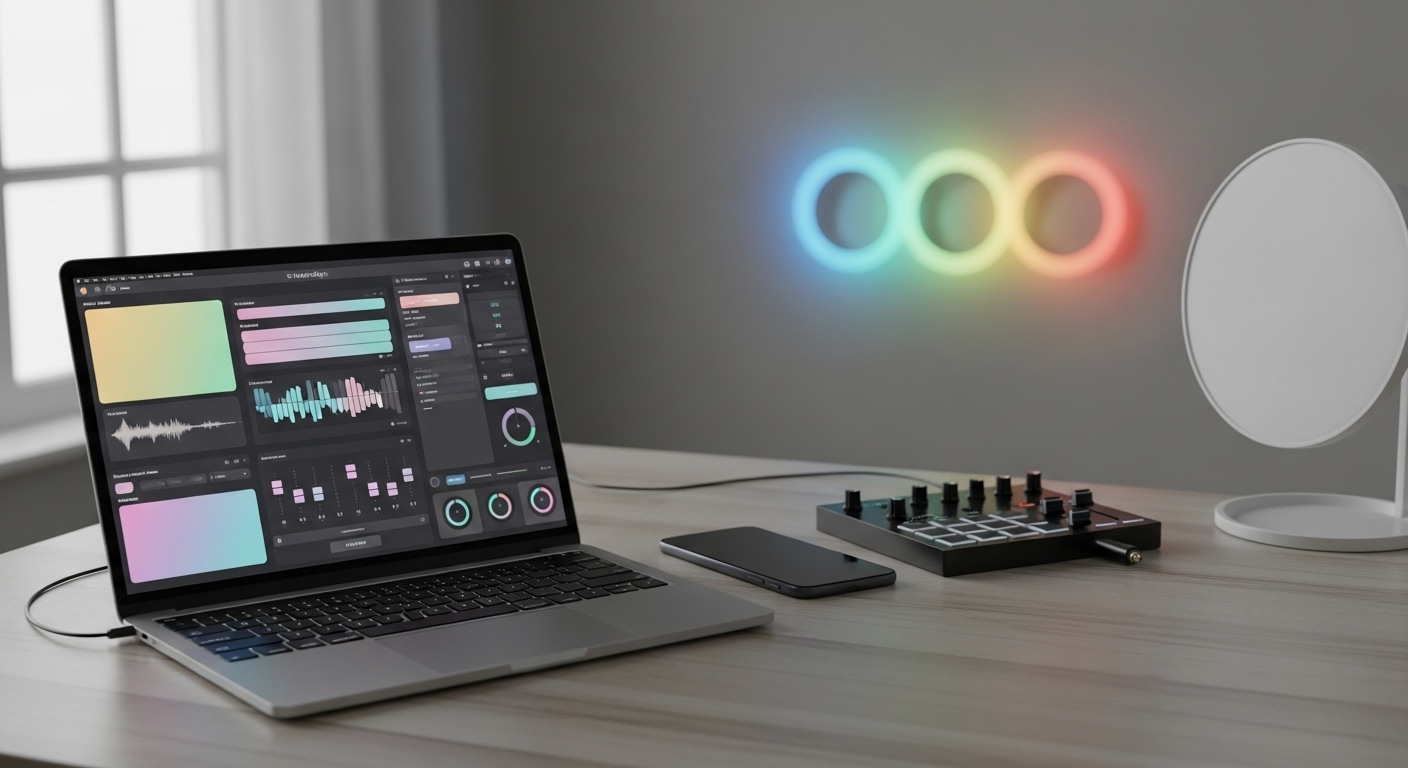
What is “vibe coding”?
“Vibe coding” is a term used to describe an AI‑powered approach to software creation where you describe what you want in plain natural language, and the system generates working code (or even a whole app) for you.
In the case of Google AI Studio, you type in a prompt like “Create a travel checklist app with text field, button, and save functionality”, and the studio uses its underlying models to build a prototype you can preview, edit, and deploy.
It lowers the barrier between idea and finished product: non‑coders and seasoned developers alike can move from “I have an idea” to “working app” much faster.
What’s new in Google AI Studio’s vibe coding update?
According to Google’s recent blog post, the update includes several key improvements:
- Single prompt → working AI app: You describe your app, and AI Studio with the Gemini models wires up the UI, backend logic, APIs, and models for you. No manual API/SDK wiring needed.
- Improved App Gallery & “Inspiration Mode”: For those stuck on ideas, there’s a visual library of existing apps to preview, remix and get inspired. Plus a “Brainstorming Loading Screen” that suggests ideas while your app is building.
- Annotation Mode / Interactive Editing: You can highlight parts of your app (e.g., a button, a card) and tell the system to change it (“make this button blue”, “animate this panel”). The system edits both code and visual accordingly.
- Free/accessible tier: Users can start prototyping for free, using the platform’s core features with prompt‑to‑app generation.
Why it matters for creators, developers & businesses
- ✨ Fast prototyping: Ideas don’t need weeks of setup. You can see a working prototype in minutes, iterate naturally, test and refine. (See the “prompt → app” workflow)
- 👥 Low barrier to entry: Non‑coders or less technical team members can participate in app creation. It becomes less about syntax and more about concept, user experience, and creativity.
- 🔧 Time & cost savings: For developers, it takes care of boilerplate, wiring and integration. For businesses and startups, it reduces the cost of building MVPs or internal tools.
- 🚀 More creative freedom: Especially for marketing, agencies, or content teams (which might be relevant to you) this means you could spin up custom tools, interactive features or micro‑apps without heavy dev cycles.
- 🌐 Future of applications: With Google hinting at “vibe coding video games” and more complex apps, we may see democratization of app creation.
Use cases: Where you can apply it now
- Content / marketing tools: E.g., build a “social post idea generator” or “interactive variant tester” for your agency.
- Internal productivity apps: For your agency’s workflow or for clients — e.g., questionnaire → recommendation engine.
- Prototype client campaigns: Show a demo tool to client before full build.
- Learning & experimentation: Great for designers, strategists or hybrid roles to try out ideas without full dev commitment.
Things to keep in mind / Limitations
- 🔍 Quality & correctness: The code generated is generally usable for prototypes, but for production‑grade apps you’ll still need review, optimization, security checks and possibly manual edits.
- 📊 Free tier limits: While you can start for free, heavy usage, complex apps, or going to production may require paid plans or cloud resources.
- 🧠 Domain knowledge still matters: Even though you can generate the app, you’ll need to think through UX, data flows, user needs, deployment, maintenance. AI doesn’t replace those.
- 🔐 Data & privacy concerns: As with any AI tool, understanding how data is processed, shared, stored is important especially for business/enterprise use.
- 🎮 Game‑scale & advanced apps are still emerging: Google says “everyone will be able to vibe‑code video games” but complex game development still has many challenges and may be more exploratory.
Conclusion
Google AI Studio’s vibe coding update represents a significant shift in how digital products can be created. By moving from idea to working prototype in minutes, the barrier between creativity and execution shrinks.
For agencies, creators and businesses, this opens up new opportunities to innovate, experiment and scale faster.
However, it’s not magic — thoughtful design, user‑needs, quality control and strategy remain critical. But the “tool cost” and “entry effort” drop significantly.
